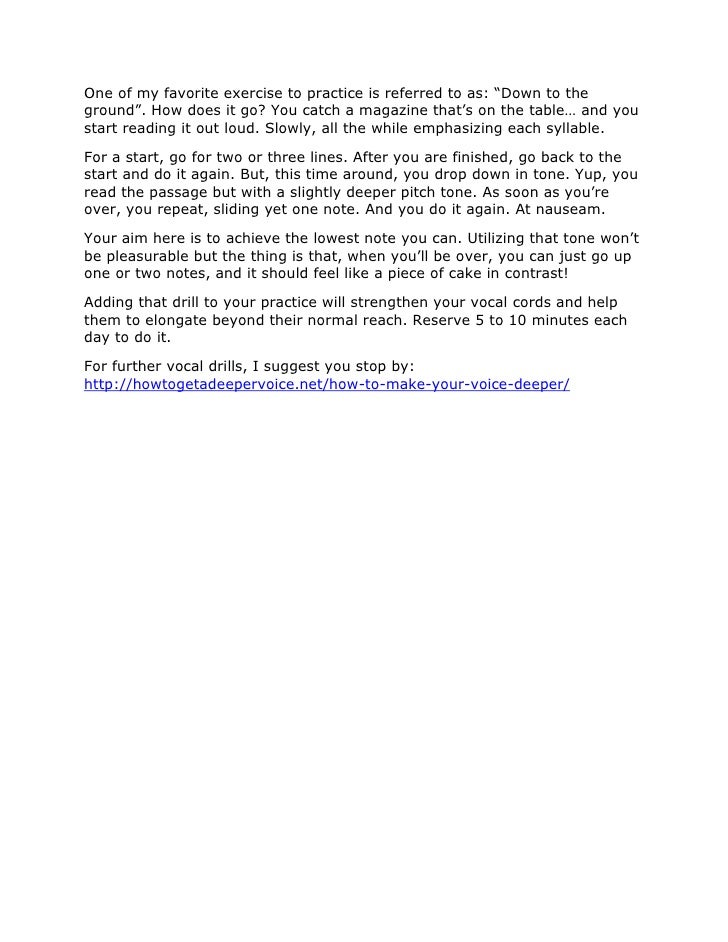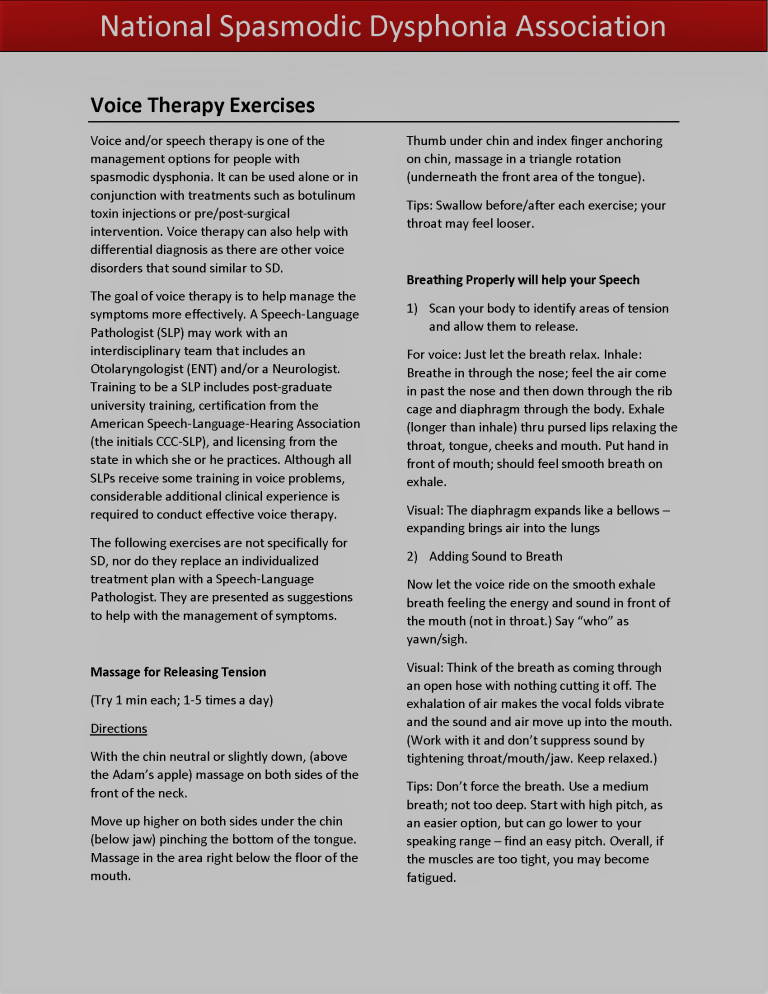

It’s the most important thing to do if you want to hit better high notes first You can start with our Singers Gift Warmups that help to open, strengthen, warm up your voice and expand your range. Build your vocal strength by practicing vocal technique exercises 4-5x per week for a minimum of 30 min, max of 60. A weak voice will have trouble hitting high notes or sustaining them. In order to hit better high notes, you need to strengthen your voice. Here are my 5 Quick Tips to Sing Better High Notes Want to learn more? Click here to learn how this program can help you master your vocal technique with just 20 minutes of practice per day. This is a 3-month LIVE online program that is designed to teach you my proven vocal method that can help you achieve your best voice ever! So, consider the list of things that can influence your vocal folds, make the changes you can and follow these five steps for about 15/20 mins a day, and I'm sure you will begin to find more of deeper voice.Every singer wants to hit better high notes – right? There’s a lot of wisdom in vocal technique to help you do this and today’s article reveals a few of the most helpful ones that have turned around singers voices the fastest.īefore we go over these tips, I want to let you know about my upcoming Vocal Freedom Circle that starts on June 23, 2022. You might also look diagonally up towards the sky (keep your spine through your neck aligned), let your bottom jaw relax open so that you feel space down through your throat and sigh on a low, easy /HAAAH/ again gentle beating your chest or even bouncing loosely through your knees. Stay in the low part of your voice either humming on an /M/ sound or on an /AH/ with a low tongue and your mouth relaxed open and loosely and gently beat your chest with a loosely clenched fist. You may notice that they are stronger in some places than others.Īlso notice that as you go up in pitch, the feeling of vibrations in your chest reduces and that as you come back down to lower pitches they strengthen. Feel around to the sides and back of your rib cage.


TIP: pronouncing T sounds can help you avoid this tightness.Īfter going through step one and then step two to four three times, stand and hum on an easy, low pitch (make an /M/ sound) with your hands on your chest.įeel the vibrations (or lack of them to begin with) across your chest. If you do this at lot then again your vocal folds are practicing being tense over and over and can stay tense during speech. You often hear it used in place of some T sounds in some accents, as in 'better' or 'water'. Glottalising is a closure of your glottis (the space between your vocal folds) and then sudden release of air.

It might be worth asking yourself why people do it? Aside from this list, some people do it out of nervousness and it can become an unwanted and unconscious habit. TIP: Much better to take a breath and cough. But it's not great for your vocal folds and can with repetition cause your vocal folds to become tired and tight. Throat clearing may seem little a very normal thing to do, and it is. TIP: The answer is not to stop doing any of these things, but an option would be to exhale on an /f/ sound when pressing or lifting which will keep your vocal folds a ease. If you weight-lift, do a lot of resistance training at the gym, or do any sports that involve pushing or pressing, you might also be encouraging your vocal folds to be tense. If your job is particularly physical, then you might be effort closing all day long, and your vocal folds might be very tight. We do this necessarily when lifting, pushing and bearing down (defecating, child birth). Throat Clearing, Glottalising and Effort Closure - Effort closure is when we close the vocal folds to keep air from releasing in order to stabilise the torso (core/trunk of the body.


 0 kommentar(er)
0 kommentar(er)
